So you've caught the sourdough bug and want to make your own Sourdough Starter? Look no further for all my tips, tricks and advice!
An intro to Sourdough
If you've found your way here it's probably safe to say you've fallen in love with sourdough bread. What started as a staple on brunch menus has now become a staple in kitchens across the country as we've all caught the sourdough baking bug. I've been a big fan of this naturally leavened bread for years and my husband Jon has spent many weekend mornings baking us a fresh loaf or two to enjoy throughout the week. While Jon is baking our bread for the week I often use my sourdough starter to make other tasty treats like waffles, pancakes and scones. But what is it that has got us hooked?
A sourdough starter is actually quite a simple thing: it's just flour and water that has been allowed to ferment. The result of the fermentation is that it's a living, breathing thing containing wild yeast and good bacteria. No two sourdough starters are the same but they all share some characteristics: bread and other baked goods made with a sourdough starter instead of commercial yeast will have a tangy flavour and chewy texture. These are the hallmarks of good sourdough!
After the success of my videos on Instagram about how to make a sourdough starter and how to bake your first loaf, I decided it was about time I put all of my knowledge into one place. This post is designed for someone just starting out and so I've kept it as simple and un-technical as I can. If you have any questions please let me know in the comments and I'd love to see your sourdough starters and baked loaves! You can either email them to me or tag me over on Instagram (@Supperinthesuburbs). I can't wait to see what you make!
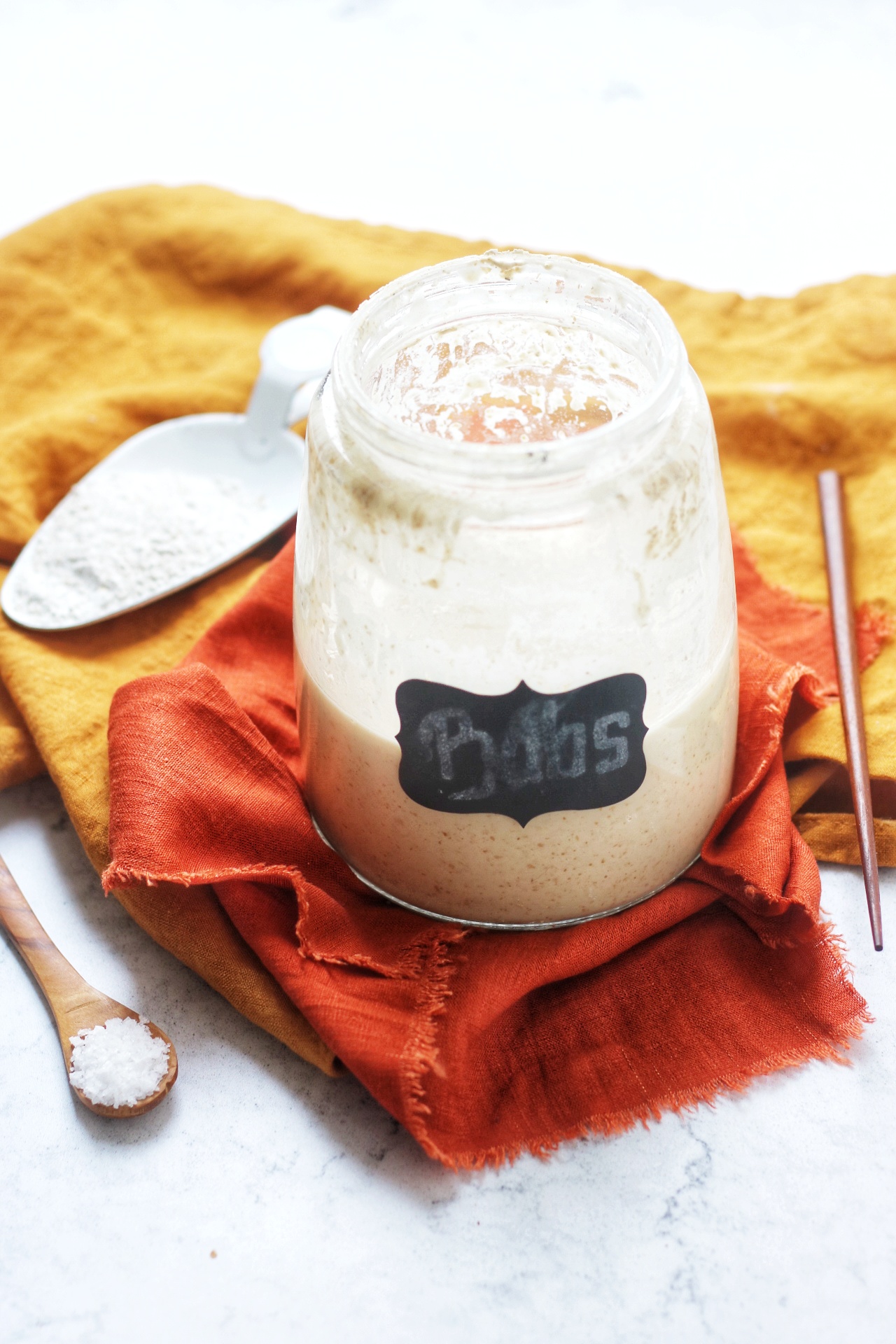
Equipment
Scales
When you're further along your sourdough journey you might be happy eyeballing how much flour and water you need to feed your starter but for now I'd recommend a decent set of electric scales. The reason I recommend electric scales if because they are more accurate when dealing with low weights which is important for your sourdough starter. I've linked to the set I use.
Starter container
We're hoping that your sourdough starter is going to have a long and happy life so it's sensible to make sure you have a good sturdy container that will stand the test of time. For this reason, lots of people will use large glass jars. It doesn't matter if it's screw top or clip top, either works. The reason it doesn't matter is because you don't want the jar to be air tight and so you won't shut the lid tight. I use a fermentation jar as this is designed to allow air flow.
You'll also see many sourdough bakers decorate their jar with a name tag. Because sourdough starters are living, breathing creatures lots of people (myself included) like to give their starter a name. Jon's is called Pelly and mine is called Babs!
A chopstick
Yes, you read that right, you're going to need a chopstick.
Of course you can stir your sourdough starter with a spoon but I've seen people smash their sourdough containers because of some over zealous stirring. As you will have seen above, most people use a glass jar. If you've done the same then I recommend using a plastic or silicone spoon, silicone spatula or a chopstick to stir your starter. If you've opted for a plastic container then you can use a regular spoon.
Equipment for baking bread
This post is focused solely on getting your starter up and running. You can find a full run down on what you need to bake your first loaf of bread here. (Spoiler alert, it's more flour and water...)
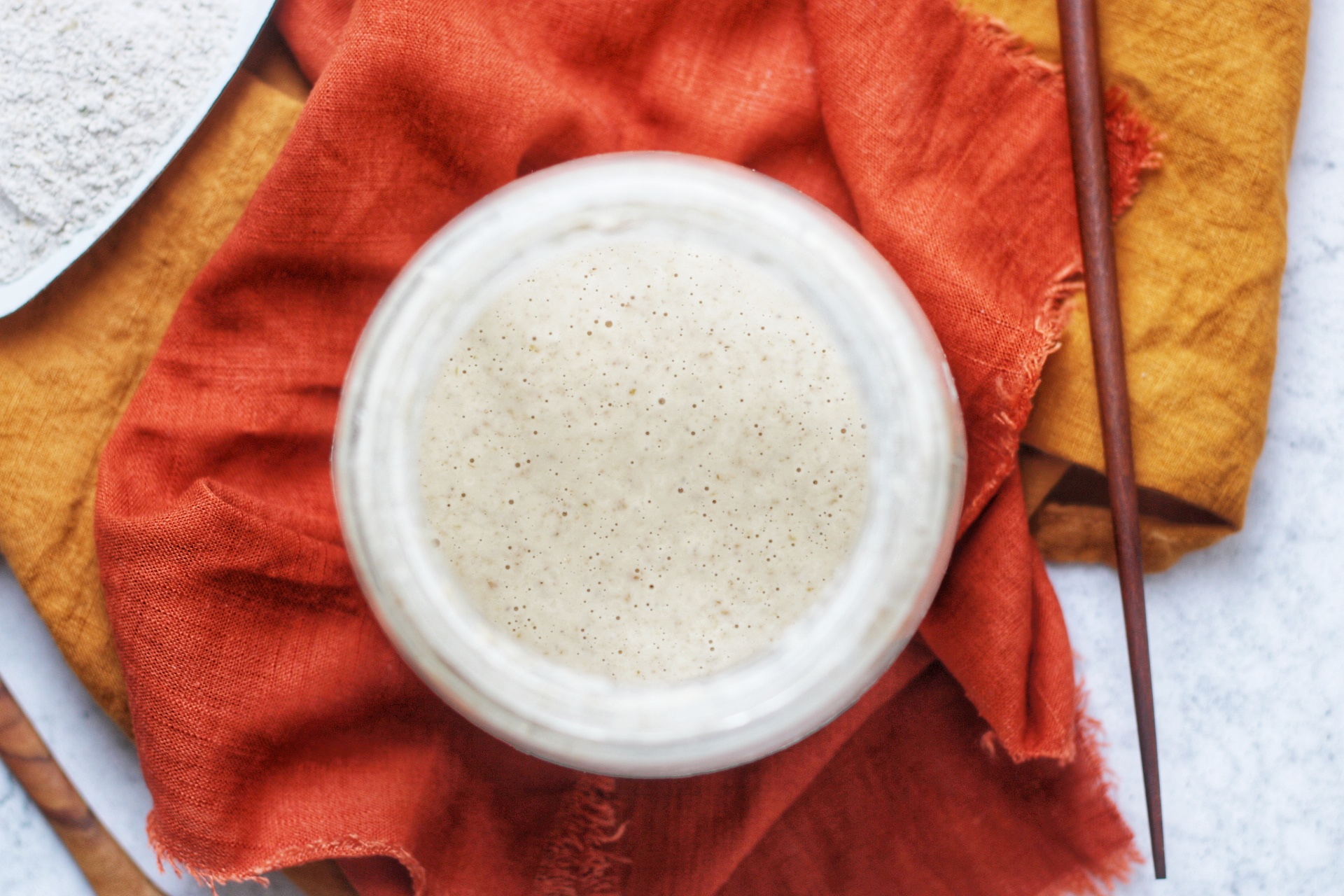
Ingredients
Now you've got your kit together, you need just two ingredients to get started. And, I bet you've already got them in your cupboard...
Flour
Sourdough can be made from many different types of flour. Over the years I've had starters made from white flour, wholemeal flour, rye flour and a combination of different types.
White bread flour
Most people start with white bread flour as it is the most readily available. It's also the flour you will use to make a basic sourdough loaf. It's not a bad place to start for a beginner!
Wholemeal bread flour
I tried wholemeal bread flour as an experiment. It's less common than a starter made from white bread flour or rye flour but I can confirm it definitely still works! My wholemeal bread flour starter was a little more sluggish than my white bread flour starter or my rye flour starter so I started feeding it with rye roughly once a month to give it a boost!
Rye flour
Rye is the classic type of flour used to make a sourdough starter. The downside is that you will need to have two types of flour in the cupboard (the rye to feed your starter and white bread flour to bake your loaf) but I promise it's worth it!
Water
I use water straight out of my tap in North London. There are some concerns that tap water contains chlorine which kills off the good bacteria in the starter but I haven't had an issue. If you are concerned about high levels of chlorine then either boil your water and let it cool completely before use, or leave the water out overnight to allow the chlorine to evaporate naturally. There's no point spending extra money on expensive mineral water when tap water will do just fine!
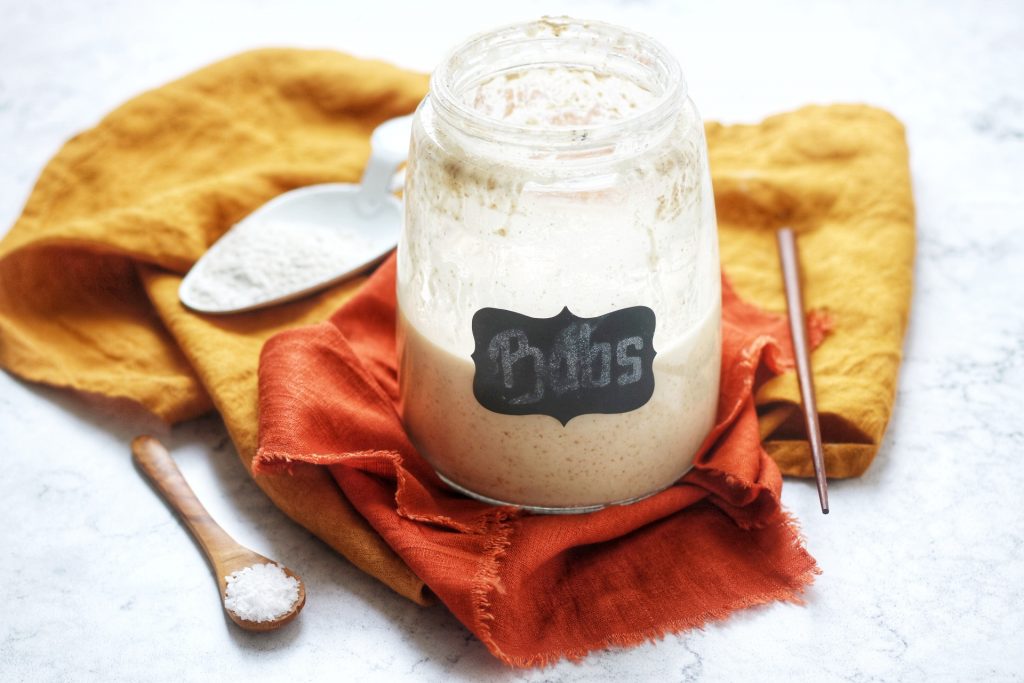
The recipe
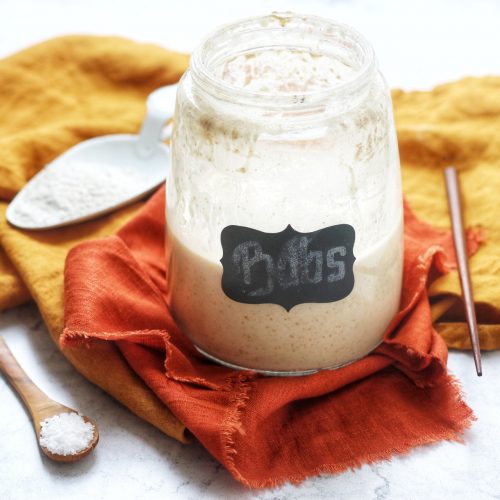
Simple Sourdough Starter
Equipment
- Jar
- Chopstick
Ingredients
- 250 grams rye flour or other bread flour
- 250 grams water (see note 1)
Instructions
Day 1
- Stir together 50 grams of the flour and 50 grams of water. Cover loosely and leave on the counter top overnight.
Day 2
- Add another 50 grams of flour and 50 grams of water to your mix from day 1. Cover loosely and leave on the counter top overnight again.
Day 3 - 4
- Repeat the instructions from Day 2 for another 2 days. You should start to see some bubbles and it should start to smell a little sour.
Day 5
- Stir in the final 50 grams of flour and water. By now the starter should be active with lots of bubbles. You should be able to bake with it after this fifth feed if the starter has doubled in size.
Day 5 onwards
- If your starter isn't quite ready to bake with do not worry, keep feeding it with 50 grams of flour and 50 grams of water until it is.
Notes
Nutrition
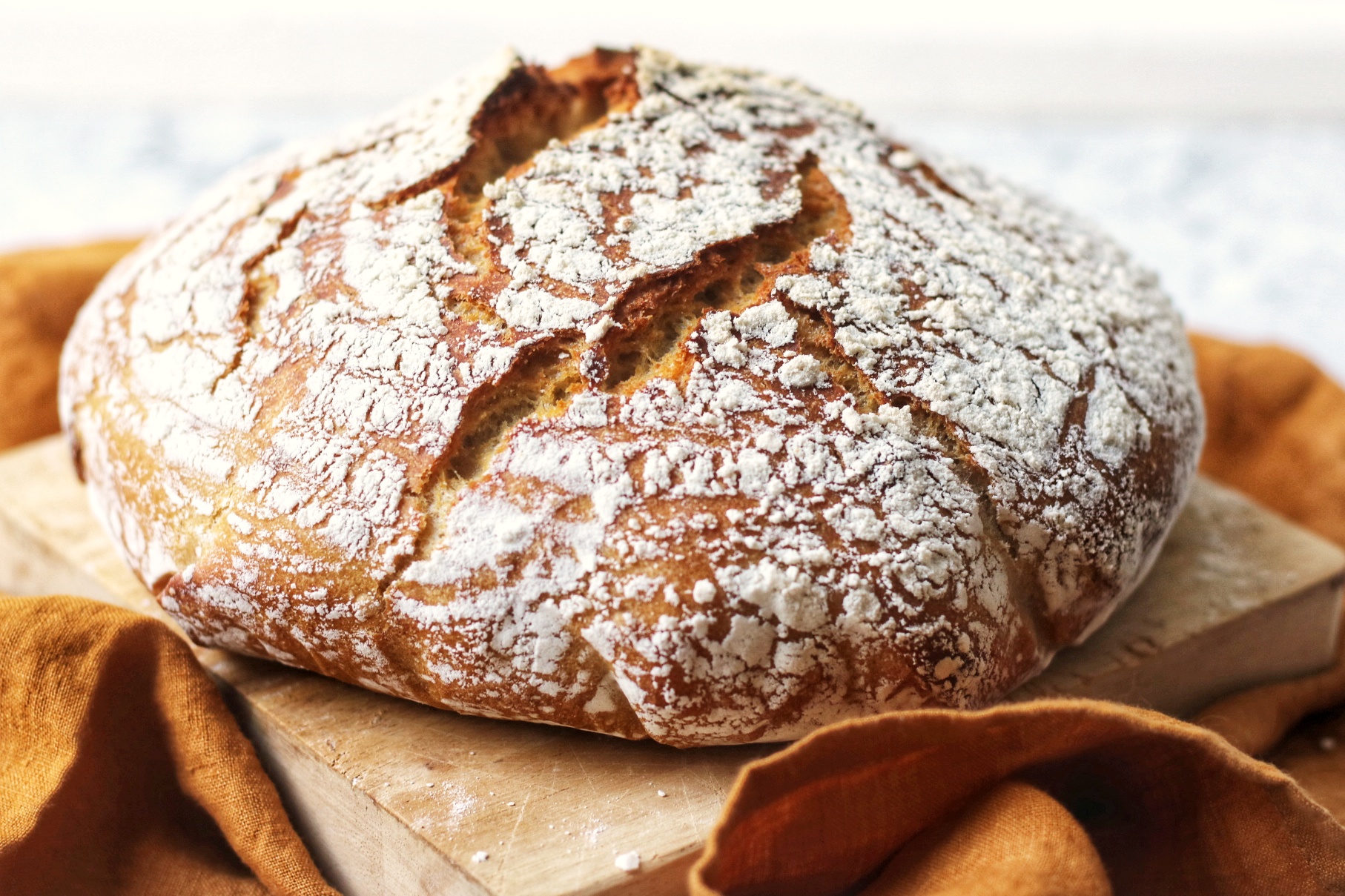
Frequently asked questions
There are no bubbles, what have I done wrong?
The likelihood is you've done nothing wrong at all. Provided it's not gone mouldy it's probably just a little sluggish. All starters behave differently. Keep an eye on yours to see how quickly after feeding it starts coming to life. It might be that you are leaving it too long between feeds and by the time you come back to it the bubbles have died down. If you're not already feeding it with rye flour I'd suggest giving it some at your next feed as this might help to kick start it.
What is that smell?! Is it OK?
If your starter smells the likelihood is that everything is fine. The smell of a sourdough starter can range from anything really acidic (like alcohol, nail polish remover, vinegar, or fermenting fruit) to yeasty smells (like beer). A strong smell like this just indicates a strong, active starter!
The only time you should begin to worry is if it starts to smell really cheese-y or worse, like rotten meat.
How do I know when it's ready to bake with?
There are two key indicators that your sourdough starter is ready to bake with: (1) it has doubled in size since it's last feed (2) the float test. What is the float test I hear you ask? Simply drop a small spoonful of your sourdough starter into a bowl of room temperature water. If the starter floats then it has enough air in it to bake with!
My starter is huge! Can I transfer it to a new container?
Absolutely, we don't want any wastage if your monster starter starts climbing out of the container! You can transfer your sourdough starter to a new container at any time.
Do you have a simple sourdough loaf recipe?
Yes! You can find it here along with lots of tips to make sure you get a beautiful loaf first time.
Do I have to bake every day?
No! We bake once a week max. A sourdough starter can live quite happily without being fed, especially if you keep it in the fridge. The bacteria and yeast will go dormant if you stop feeding it. Simply give it a good feed to refresh it when you do want to use it. Some of my starters have lived for as long as 3 months in the fridge without being used.
What do I do when I want to go on holiday?
Just pop your starter in the fridge and don't worry about it! Give it a good feed when you get back and it will be refreshed and ready to use.
I keep hearing people talk about "discard", what is it?
Some people remove half of their sourdough starter and "discard" it before they give the rest a feed. I find this incredibly wasteful and completely unnecessary. By doing a little bit of maths, you can work out how much sourdough starter you need to remove from your container, give it a feed and bake, without having to throw anything away! The main bulk of your starter can then continue it's life in the fridge or on the counter top. Just make sure you replace what you took with new flour and water.
If you do decide to follow the "discard" method, any of the sourdough recipes listed below can make use of it.
What else can I make with my sourdough starter?
There are so many wonderful baked goods that you can make with a sourdough starter, adding good bacteria and the signature tangy taste to the finished product. Here are some ideas:
I think I've got mould, what went wrong?
There are a couple of reasons why your starter might have gone mouldy but the main culprit is a foreign body getting into your starter. Try to make sure your spoon / chopstick / whatever you use to mix your starter is clean before you stir!
Unfortunately your sourdough starter cannot be saved once it has got mould. You will need to throw the whole batch away, sterilise your jar and start again.
Hopefully that answers all of your questions. If there's anything I missed, let me know in the comments below!
If you've enjoyed this post, perhaps you'd like this...

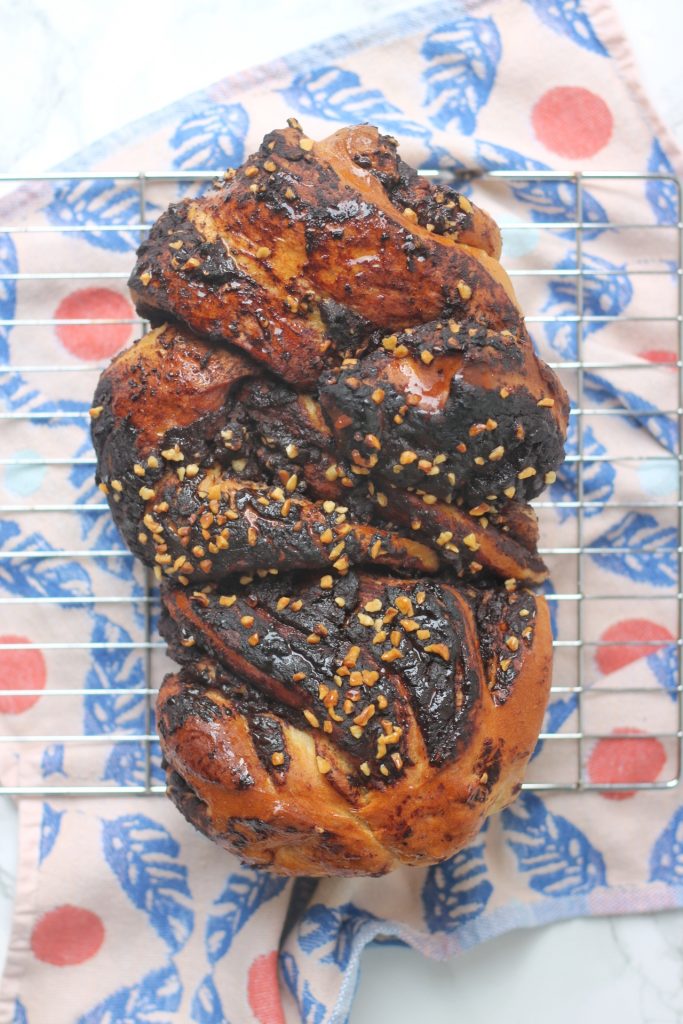
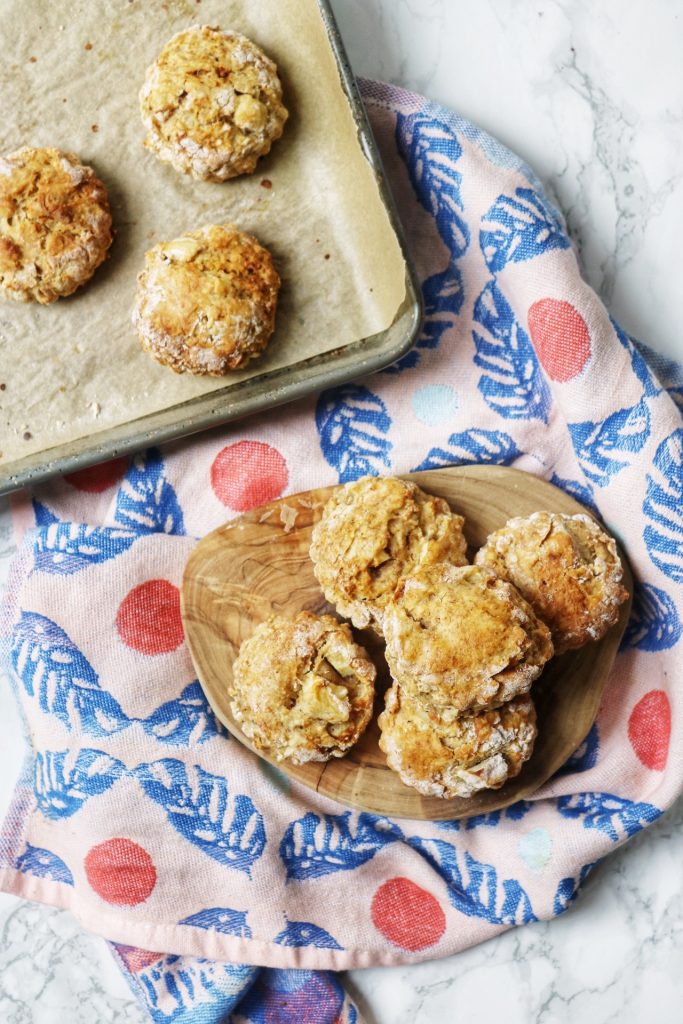
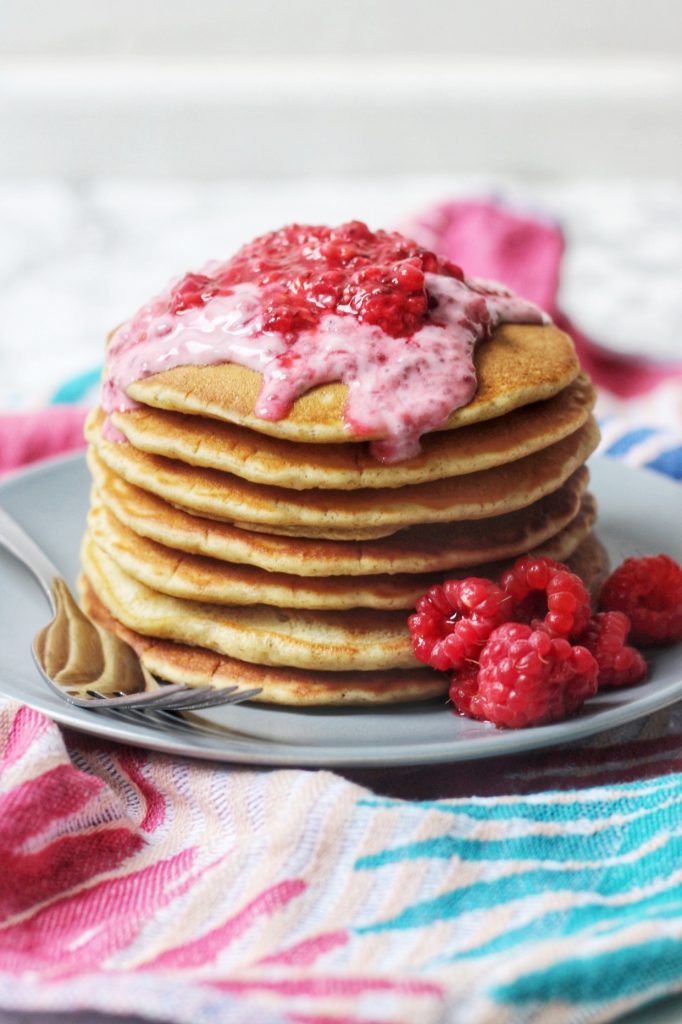
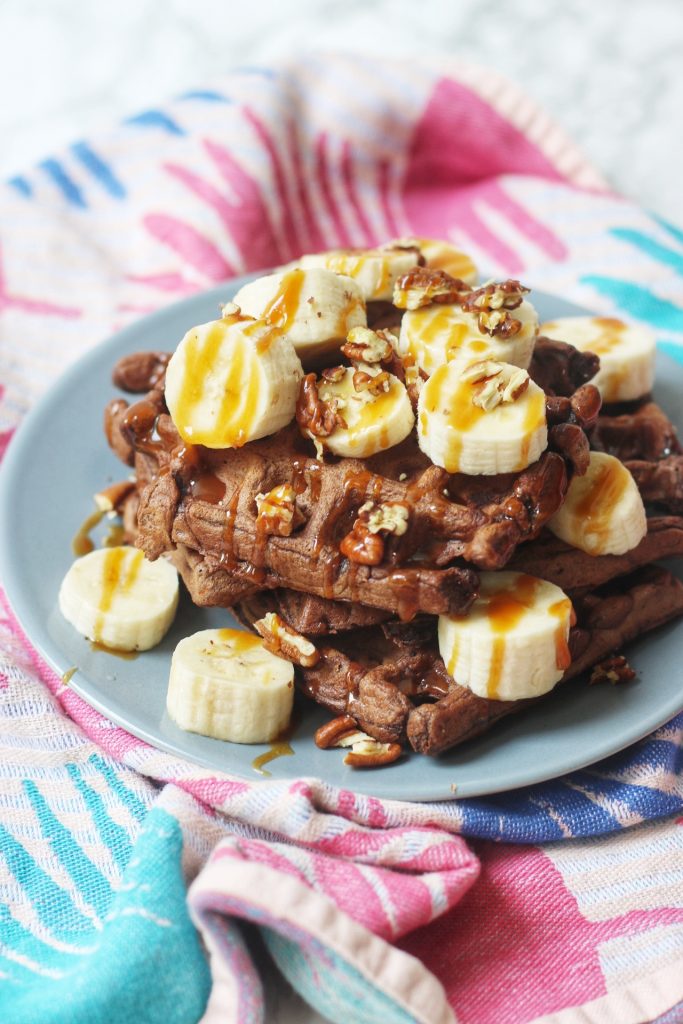
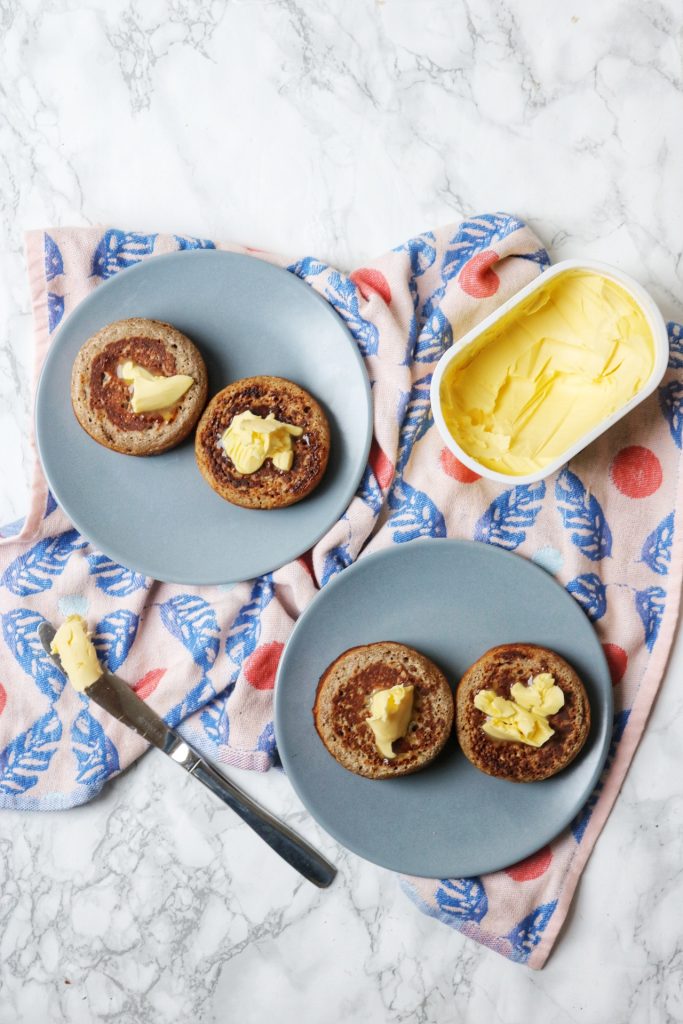
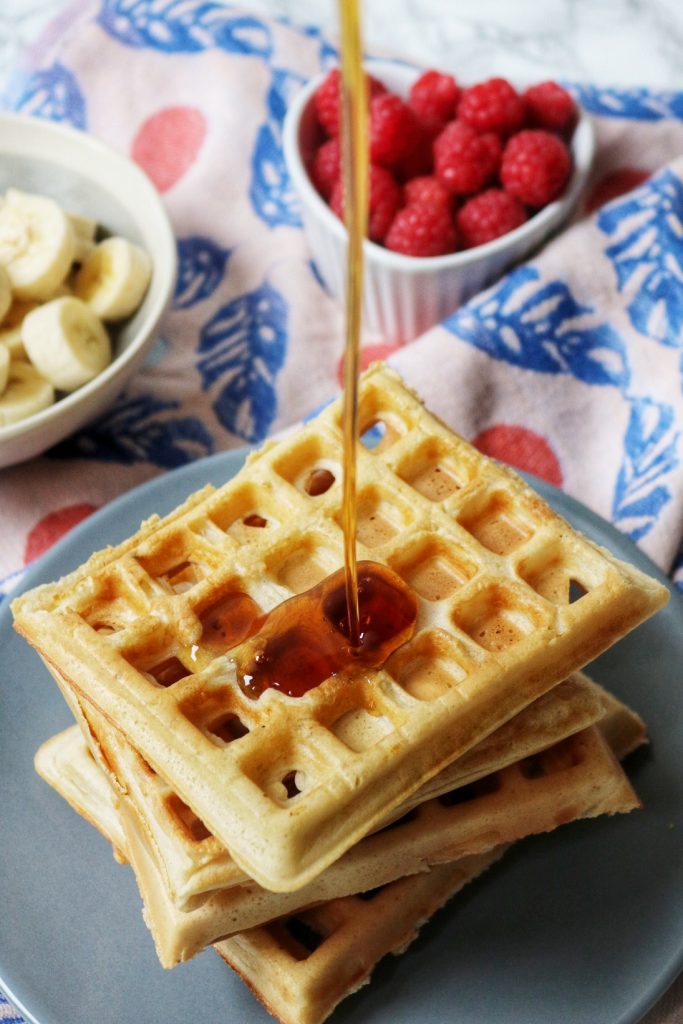
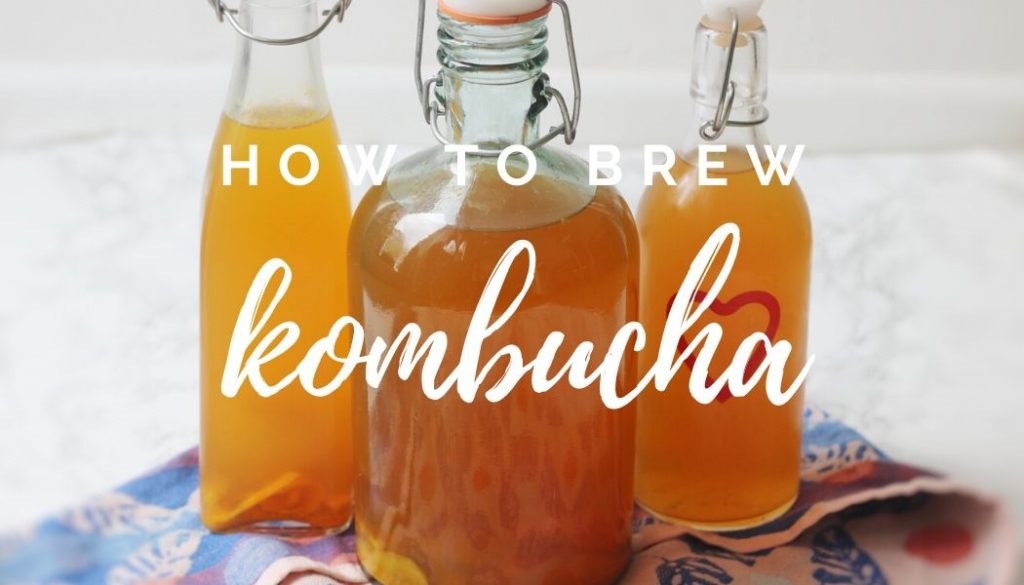
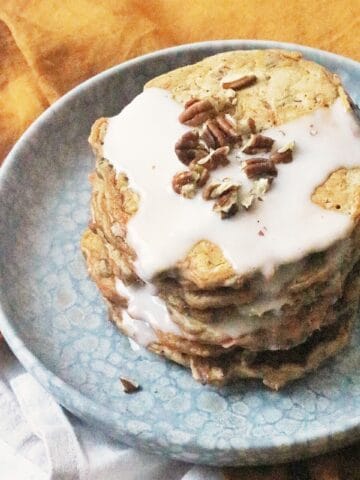
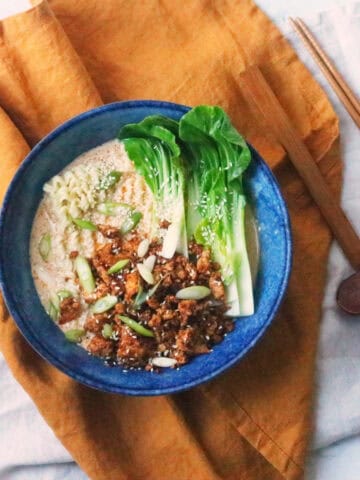
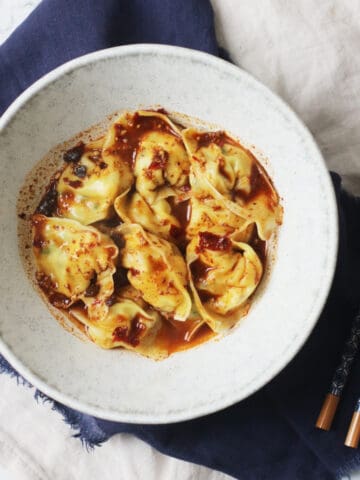
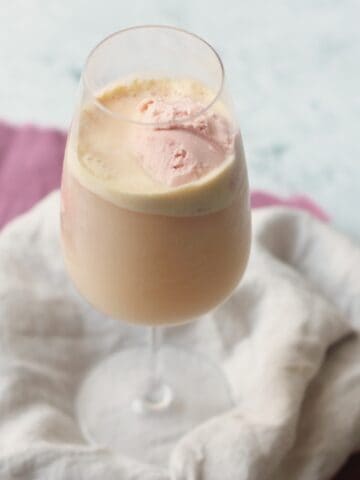
Leave a Reply